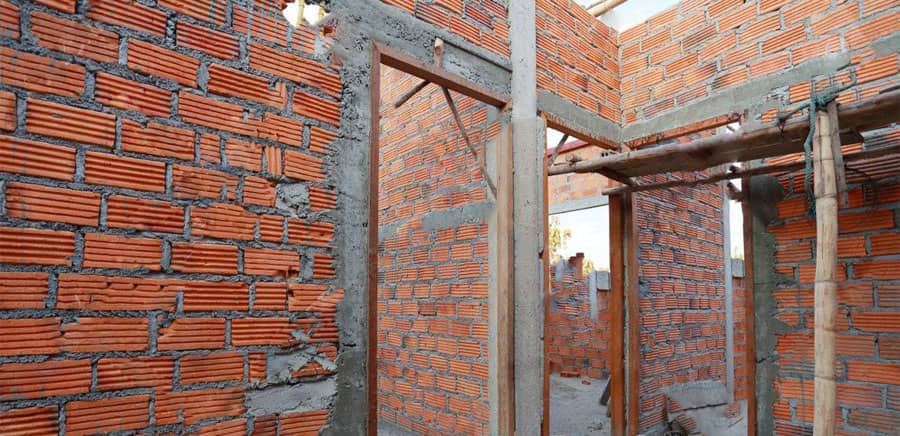Ideas to increase Durability and Quality for Brick Masonry

Brick Masonry is used in most construction projects, in one place or other. In many of the places it is a significant portion of the structure - often weight bearing. For this reason, it is imperative that the quality of the brick masonry remains top notch. Special care has to be taken to ascertain high durability and quality of it.
Key Ideas
Here we list 5 key ideas about how you can increase the durability and quality of brick masonry.
Good Materials
To make something good, you must use top quality raw materials. It is imperative to use good quality bricks to construct good brick masonry. Use only hard, sound, well burnt and uncracked bricks. They should all have uniform color and shape. They should not have air holes or bubbles, stone lumps, and other deformities. Soak the bricks for two hours before using.
Proper laying
In the brickworks, the bricks must have been laying properly. While using them on site, make sure you have 'true horizontal' and 'true vertical' joints.
Proper bonding
Do not overuse the bricks, let them rest and form the bonding properly before loading them further. The generally prescribed height for bricklaying in one day is about 1.5 meters or about 7 feet, no more. Also, finished brickwork should be laid to rest to cure for 72 hours before starting other work on them.
Mortar work
When the mortar is green, the face joints should be raked to a depth of 12 to 19mm in order to have a proper key for plastering or pointing. In order to ensure continuous bond between the old and the new, the walls should be stopped with a toothed end. The mortar joints should be stuck flush and finished if no plastering or pointing is to be done.
Proper support
As far as possible the use of brick-bats should be discouraged. In order to carry out the brickwork at higher level, a single scaffolding is used.
For more information please watch the video tutorial
